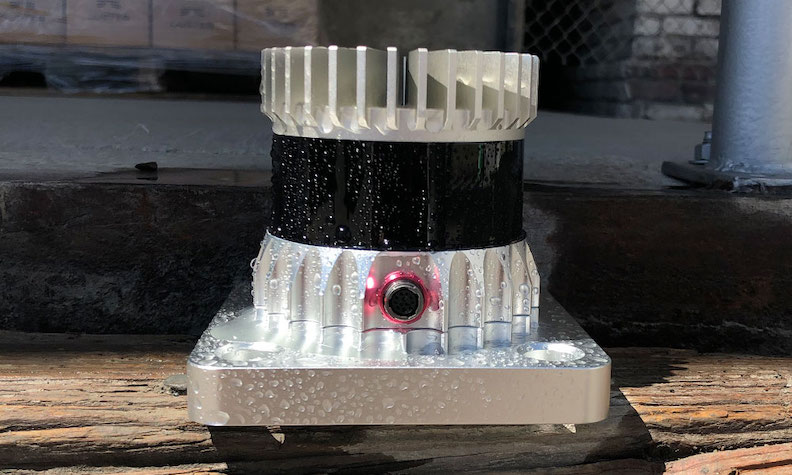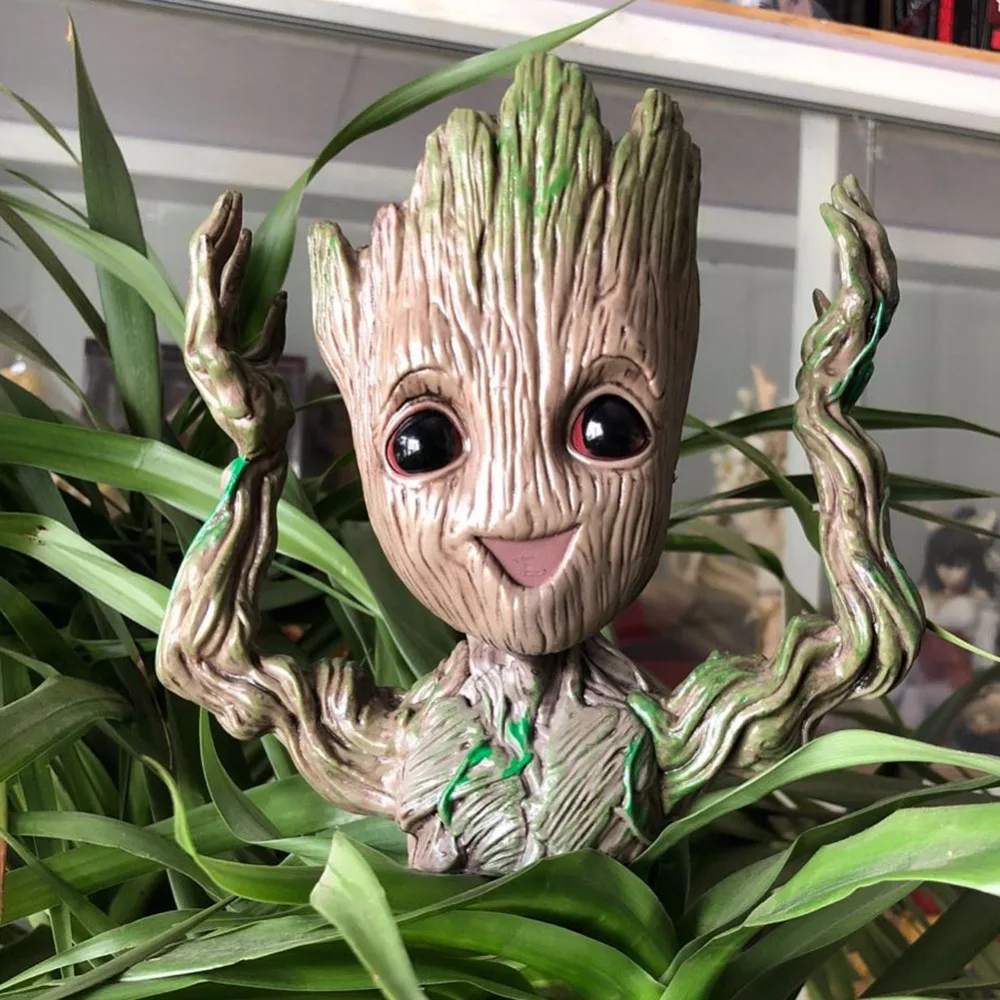

- #Sensor dust big aperture how to#
- #Sensor dust big aperture manual#
- #Sensor dust big aperture skin#
- #Sensor dust big aperture series#
How to get to that point is different for every camera. The thing is the mirror needs to be in an upright position to access the sensor. In the menu, there will be an option to clean the sensor.
#Sensor dust big aperture manual#
Go here for more awesome Lightroom Hacks.ĭiscover how the manual cleaning process works for your camera. You can use the Visualize Spots tool in the Develop Module to see the details.You can do a quick check on the LCD screen of your camera by zooming in but it’s better to upload the file in Lightroom.It will only make the spots more visible. For this test image, you can shoot handheld with a slow shutter speed. The shutter speed will probably be very slow but that’s okay.You want the shot to be out-of-focus so select Manual Focus and focus to infinity.If you’re shooting with a zoom lens zoom in as much as possible.Select Aperture Priority Mode and set the Aperture at the highest number.You do that by taking a picture of a white wall, a white piece of paper, or the sky. #1: How to Check for Spots.īecause you cannot see the spots while you look through the viewfinder you need to take a test image and check for spots in the image itself. It has everything you need in one convenient carry case and can be used for all sensor sizes.īy the way, I use different products for cleaning sensor and lens cleaning. There are different sensor cleaning kits available but I recommend the Altura Cleaning Kit. You also need a cleaning kit that includes separately packaged swabs, and a sensor cleaning solution.

The residue of what comes out of the can could fall on the sensor and damage it.įor starters, you need a clean environment and a manual air blower.
#Sensor dust big aperture skin#
The oil from your skin will damage the fragile surface of the sensor. First of all, never ever touch the sensor with your fingers.

Still, I do check every once in a while for spots. Since I have this function on both my cameras the dust problem is almost non-existent. In my experience, this works really well.
#Sensor dust big aperture series#
Every time you turn your camera on and off it will automatically clean your sensor by giving it a series of micro-vibrations. Auto-CleaningĪ lot of modern cameras have an auto cleaning function. Then check the Visualize Spots checkbox to see the spots more clearly. If you have one or more files covered in dust or specks select the Spot Removal Tool. If it’s just 1 file it’s not so bad but if you have a lot this will drive you nuts.īecause once you see the spots you can’t unsee them so you’ll want to get rid of every single one of them. When you’ve been shooting for a while with a dirty sensor you need to remove the spots in your editing software. When you follow these steps and guidelines you have a solid plan for camera sensor cleaning that is easy, quick, and most of all safe. And I get it.īut I also think it’s good to get to know the insides of your beloved camera and be able to take care of it outside and in. Understandably, diy camera sensor cleaning can feel a little intimidating because your sensor is such a fragile part of the camera. So, it’s cheaper, quicker, and more convenient to be able to do it yourself.Īnd, if you can do it yourself you can clean your sensor also when you’re traveling and wanna climb a dusty mountain. More importantly, you won’t have access to your camera for some time. But obviously, they will charge you for it. Of course, you can use a camera sensor cleaning service to do it for you. That’s why it’s good to check and clean your sensor every once in a while. But also in less extreme situations dust creeps in your camera and settles on your sensor. These were extreme circumstances and there was nothing I could do about it. I remember I was very careful every time I needed to change lenses but still there was no hiding from the dust that entered my camera.Īs a result, the files are covered in dust particles. And of course, I wanted to take a lot of photos of this force of nature. Not at the side where we were hiking but we could see it erupt and spitting out rocks and dust all day long. It was during a period when the volcano was half active. Years ago, when I still had my very first digital camera I hiked up Mount Etna.


 0 kommentar(er)
0 kommentar(er)
